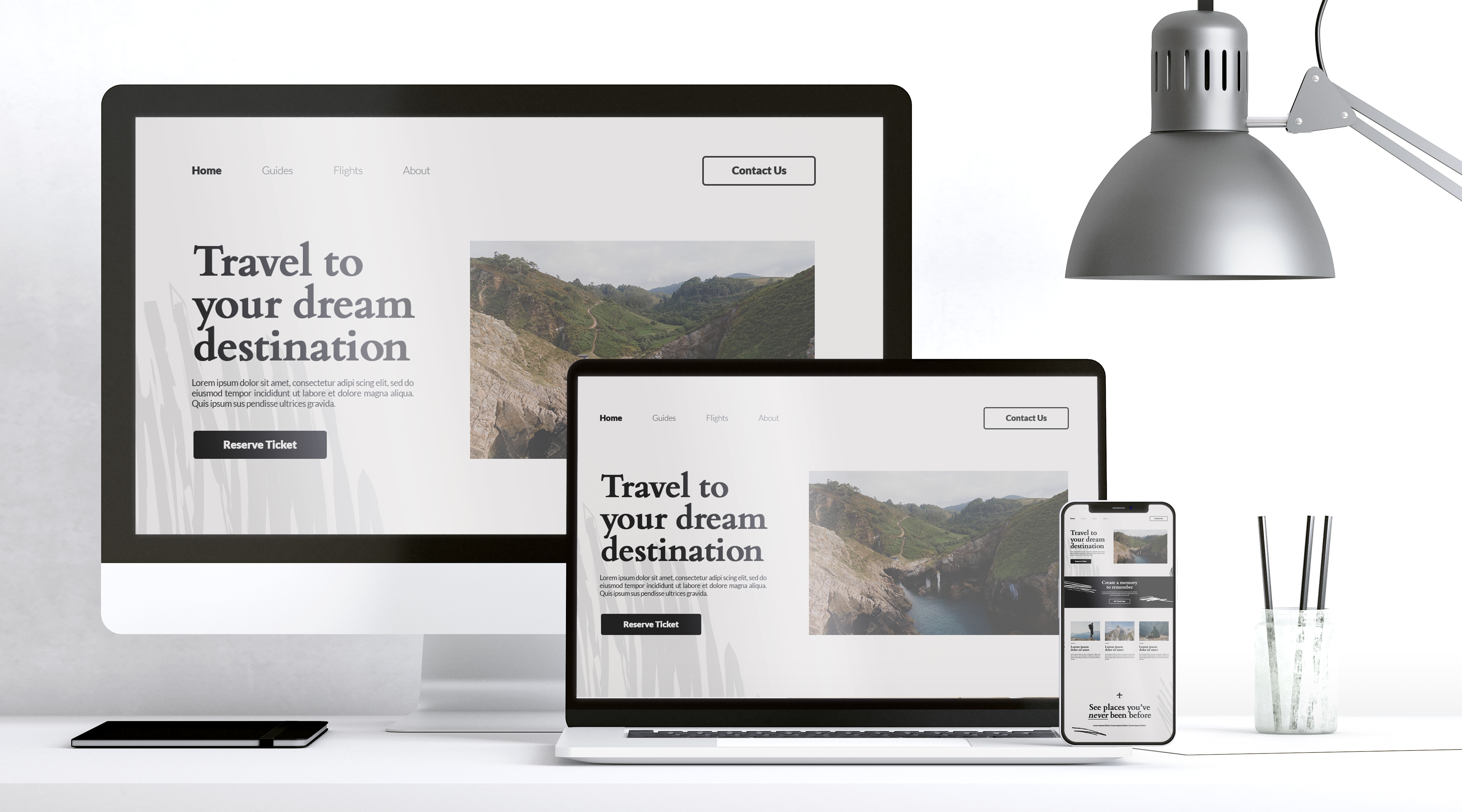Dynamic content is a cornerstone of engaging and personalized web experiences. In this guide, we’ll explore the power of dynamic content in Elementor, showcasing tips, examples, and best practices. From dynamic widgets to conditional visibility, learn how to leverage Elementor’s dynamic features to create dynamic, data-driven, and user-centric designs.
Introduction: Unleashing Dynamic Possibilities with Elementor
- Understanding the Significance of Dynamic Content: Delve into the importance of dynamic content in modern web design. Explore how Elementor’s dynamic features empower you to create personalized and adaptable websites.
- Key Dynamic Content Features in Elementor: Familiarize yourself with Elementor’s dynamic content capabilities, including dynamic tags, widgets, and conditions. Understand how these features enhance your ability to create dynamic and engaging designs.
Dynamic Content Widgets and Elements:
- Utilizing Dynamic Text and Headings: Explore how to use dynamic text and headings in Elementor. From displaying post titles to incorporating user data dynamically, discover ways to make your content adaptive and personalized.
- Dynamic Images and Media Integration: Leverage dynamic images and media elements in Elementor. Learn how to showcase featured images dynamically, personalize media content based on user interactions, and create dynamic image galleries.
Dynamic Content for Post Types and Archives:
- Creating Dynamic Single Post Templates: Dive into the process of designing dynamic single post templates. Explore ways to display post content, metadata, and related information dynamically using Elementor.
- Customizing Dynamic Archive Pages: Use Elementor’s dynamic content to customize archive pages. Create visually appealing and informative archive layouts that adapt based on post categories, tags, or other taxonomy criteria.
Personalization with Dynamic Tags:
- Implementing Dynamic Tags for Personalization: Explore dynamic tags in Elementor for personalized content. From user data to post-related information, learn how to incorporate dynamic tags strategically for a customized user experience.
- Dynamic Post Excerpts and Content Teasers: Implement dynamic post excerpts and content teasers using Elementor’s dynamic tags. Provide users with a glimpse of content, enticing them to explore further based on their interests.
Conditional Visibility with Dynamic Content:
- Creating Conditional Visibility Rules: Harness the power of conditional visibility in Elementor. Explore how to show or hide elements based on various conditions, allowing you to tailor content for specific audiences or scenarios.
- Dynamic Content Based on User Roles: Implement dynamic content visibility based on user roles. Customize the user experience for different user groups, such as members, subscribers, or administrators, using Elementor’s conditional visibility settings.
Dynamic Forms and User Interaction:
- Customizing Forms with Dynamic Content: Explore dynamic content features in Elementor’s form builder. Learn how to customize form fields dynamically and create personalized form experiences based on user inputs.
- Interactive Elements with Dynamic Actions: Implement dynamic actions based on user interactions. Explore how dynamic content can be used to trigger interactive elements, such as pop-ups, animations, or content changes, enhancing user engagement.
Advanced Dynamic Content Techniques:
- Dynamic Content for Custom Post Types: Extend dynamic content to custom post types. Learn how to create dynamic templates and layouts for custom post types, ensuring a consistent and personalized design across your website.
- Dynamic Content Integration with Third-Party Plugins: Explore integration with third-party plugins using Elementor’s dynamic content features. From WooCommerce to membership plugins, discover how dynamic content enhances compatibility and functionality.
Optimizing for Performance:
- Caching Strategies for Dynamic Content: Implement caching strategies to optimize performance. Explore techniques to balance dynamic content with efficient caching, ensuring a seamless and speedy user experience.
- Monitoring Dynamic Content Performance: Utilize performance monitoring tools to assess the impact of dynamic content on your website’s speed. Make data-driven adjustments to optimize performance continually.
Conclusion: Elevating Interactivity and Personalization with Elementor
In conclusion, dynamic content in Elementor opens a world of possibilities for creating interactive, personalized, and engaging web experiences. By mastering the dynamic features and implementing the tips and examples outlined in this guide, you can elevate your Elementor designs to new heights. Embrace the dynamic nature of the web, cater to user preferences, and create websites that leave a lasting impression.









